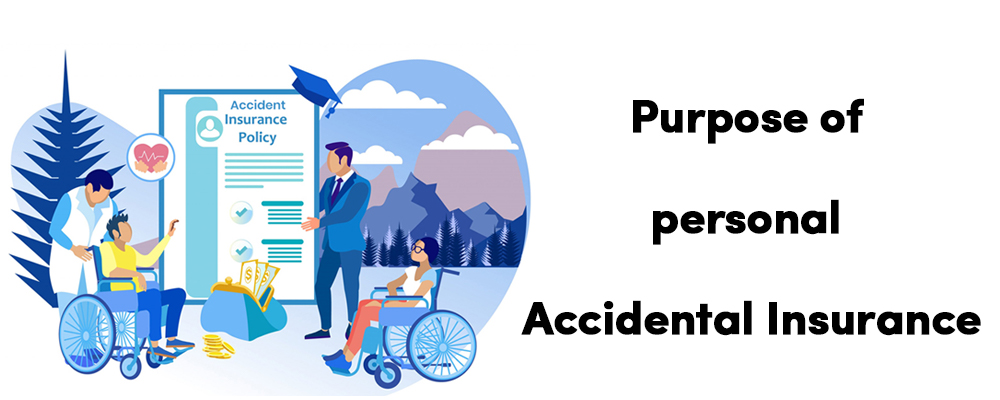The smart Trick of Pacific Prime That Nobody is Talking About

This decline of practically 2 million in the number of individuals 'without insurance (a decrease of around 4 percent) is absolutely a positive adjustment. With a softer economic situation in 2000 the most up to date reported gains in insurance protection may not continue (Fronstin, 2001) (international health insurance). The decrease in the number of without insurance will certainly not continue if the economy stays slow and healthcare expenses proceed to outmatch inflation
This is because the data were collected for a duration of strong financial efficiency. Of the estimated 42 million individuals that were uninsured, almost about 420,000 (about 1 percent) were under 65 years old, the age at which most Americans come to be qualified for Medicare; 32 million were adults between ages 18 and 65, around 19 percent of all adults in this age; and 10 million were kids under 18 years old, about 13.9 percent of all kids (Mills, 2000).
These estimates of the variety of individuals uninsured are generated from the yearly March Supplement to the Present Populace Study (CPS), performed by the Demographics Bureau. Unless or else noted, nationwide quotes of individuals without medical insurance and percentages of the population with various kinds of insurance coverage are based on the CPS, the most commonly used source of quotes of insurance policy protection and uninsurance prices.
The Best Strategy To Use For Pacific Prime

Still, the CPS is particularly useful because it generates yearly estimates relatively swiftly, reporting the previous year's insurance policy coverage approximates each September, and due to the fact that it is the basis for a consistent set of estimates for more than two decades, permitting for analysis of trends in protection gradually. For these factors, along with the extensive use the CPS in other research studies of insurance policy coverage that are presented in this report, we depend on CPS price quotes, with limitations kept in mind.

The estimate of the variety of without insurance individuals broadens when a population's insurance standing is tracked for several years. Over a three-year duration beginning early in 1993, 72 million people, 29 percent of the U.S. https://fliphtml5.com/homepage/odsej/pacificpr1me/. populace, were without insurance coverage for a minimum of one month. Within a solitary year (1994 ), 53 million individuals experienced a minimum of a month without insurance coverage (Bennefield, 1998a)
Six out of every ten uninsured grownups are themselves used. Although working does boost the possibility that and one's member of the family will have insurance policy, it is not an assurance. Also members of family members with 2 full-time wage income earners have virtually a one-in-ten opportunity of being uninsured (9.1 percent without insurance rate) (Hoffman and Pohl, 2000).
Pacific Prime Things To Know Before You Buy
New immigrants make up a significant percentage of individuals without health insurance policy. One analysis has actually associated a significant section of the current development in the dimension of the united state uninsured population to immigrants that showed up in the country between 1994 and 1998 (Camarota and Edwards, 2000). Recent immigrants (those that came to the USA within the previous four years) do have a high rate of being uninsured (46 percent), however they and their youngsters represent simply 6 percent of those without insurance coverage across the country (Holahan et al., 2001).
The relationship in between wellness insurance coverage and accessibility to care is well developed, as recorded later on in this phase. The partnership between wellness insurance and wellness outcomes is neither straight neither basic, a considerable professional and wellness services research literary works web links health insurance policy protection to better access to care, much better top quality, and boosted individual and populace health and wellness status.
Levels of analysis for analyzing the impacts of uninsurance. This discussion of medical insurance coverage focuses largely on the U.S. population under age 65 since virtually all Americans 65 and older have Medicare or various other public coverage. Furthermore, it focuses especially on those with no health insurance coverage for any type of size of time.
Excitement About Pacific Prime
The troubles faced by the underinsured are in some aspects similar to those faced by the without insurance, although they are normally less serious. Health and wellness insurance coverage, nonetheless, is neither necessary neither enough to get access to clinical solutions. The independent and direct effect of health insurance protection on accessibility to wellness read review services is well established.
Others will certainly obtain the health care they need even without medical insurance, by spending for it out of pocket or seeking it from service providers that supply care totally free or at highly subsidized prices. For still others, health insurance policy alone does not ensure invoice of care due to various other nonfinancial obstacles, such as an absence of health care providers in their area, minimal accessibility to transportation, illiteracy, or linguistic and social differences.
The Pacific Prime Ideas
Official study regarding without insurance populaces in the USA dates to the late 1920s and early 1930s when the Committee on the Cost of Healthcare generated a series of records concerning financing doctor workplace check outs and hospital stays. This problem became prominent as the numbers of clinically indigent climbed during the Great Depression.
Comments on “The Ultimate Guide To Pacific Prime”